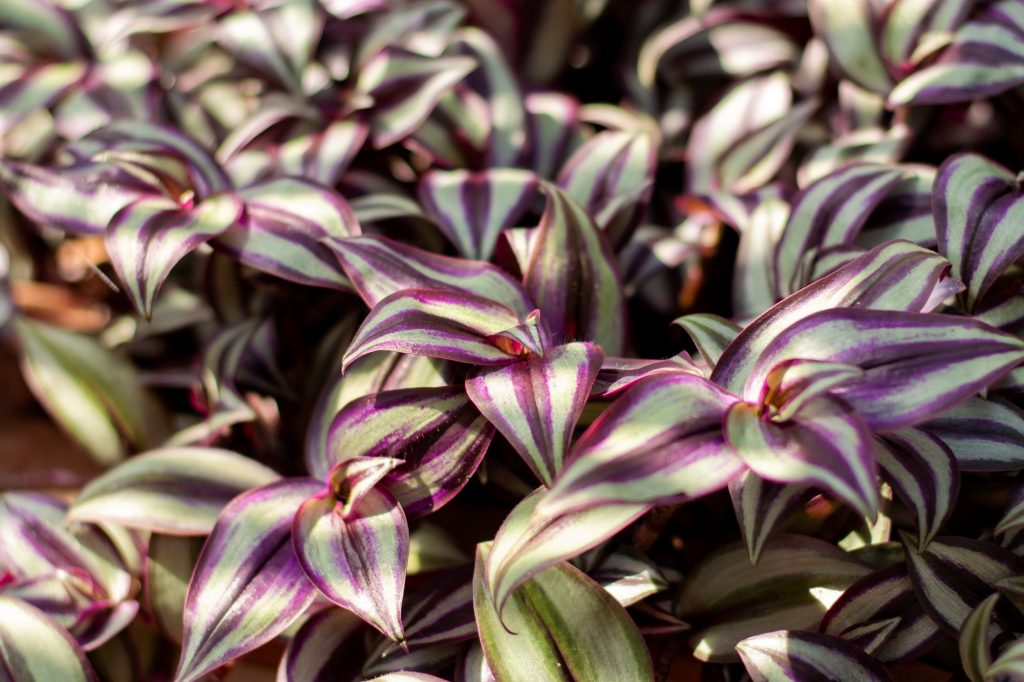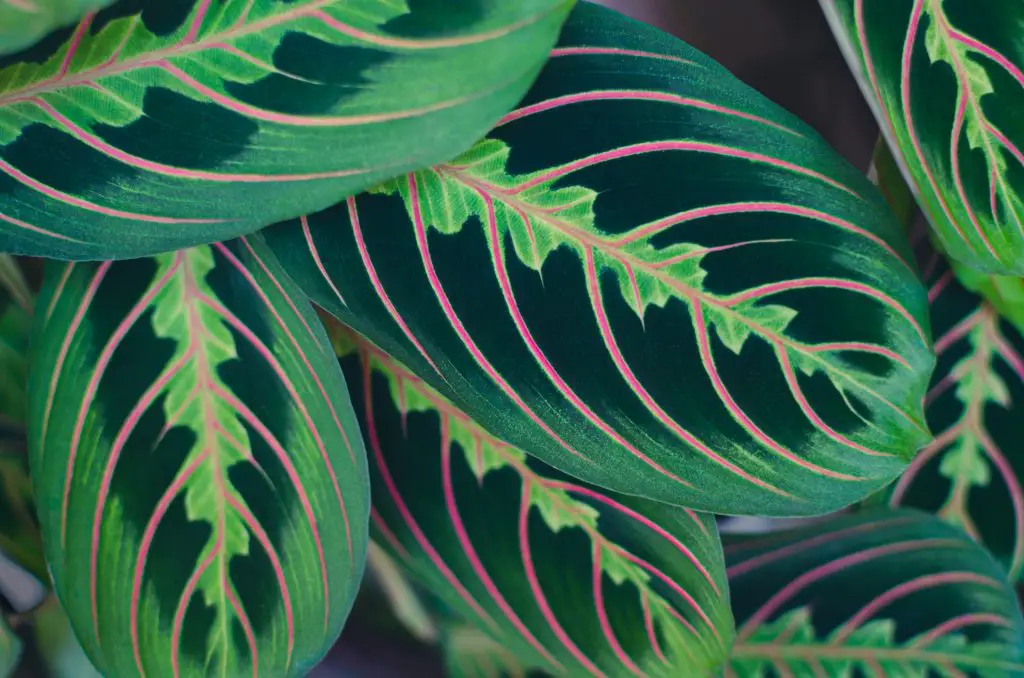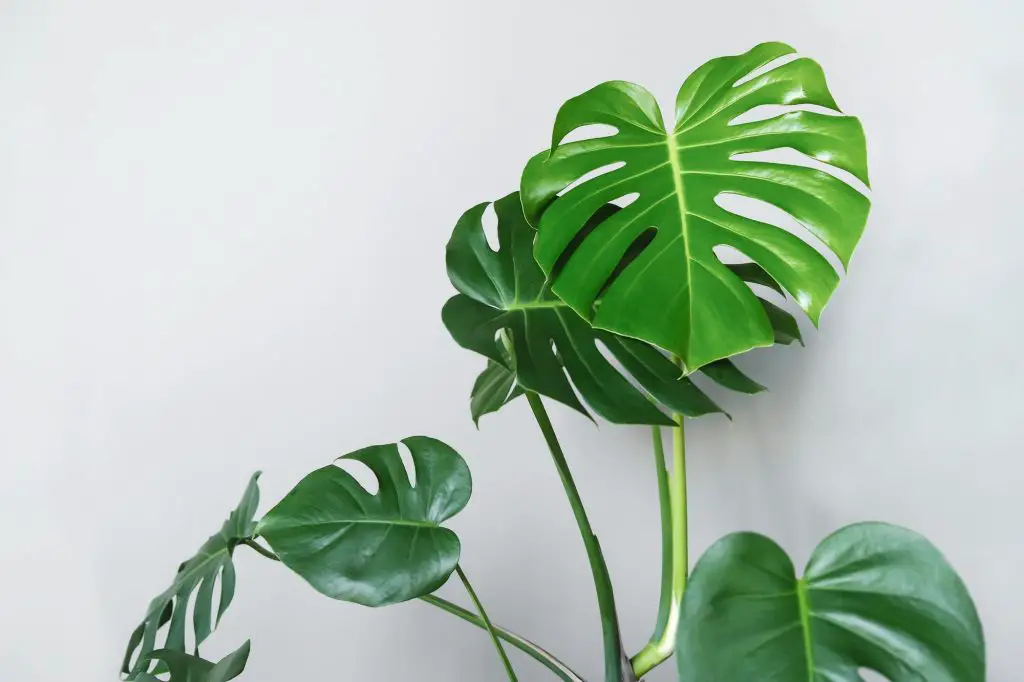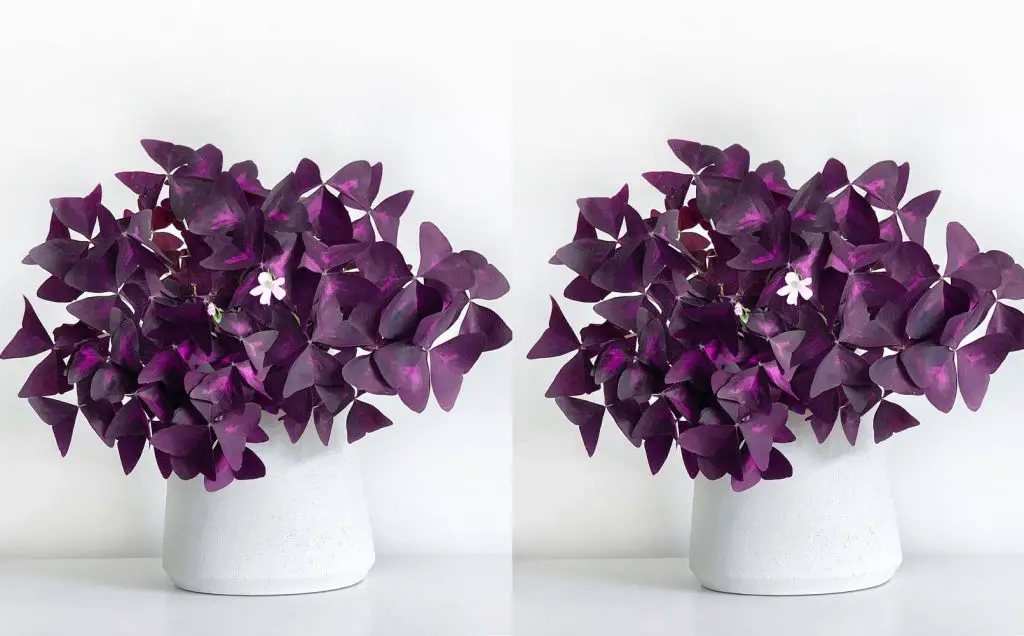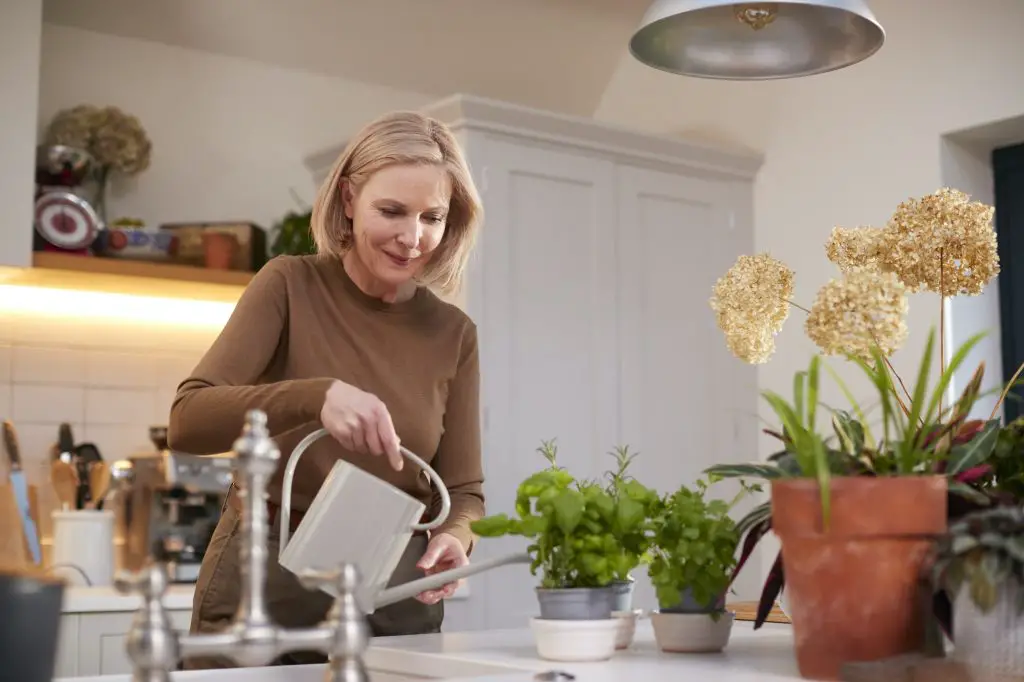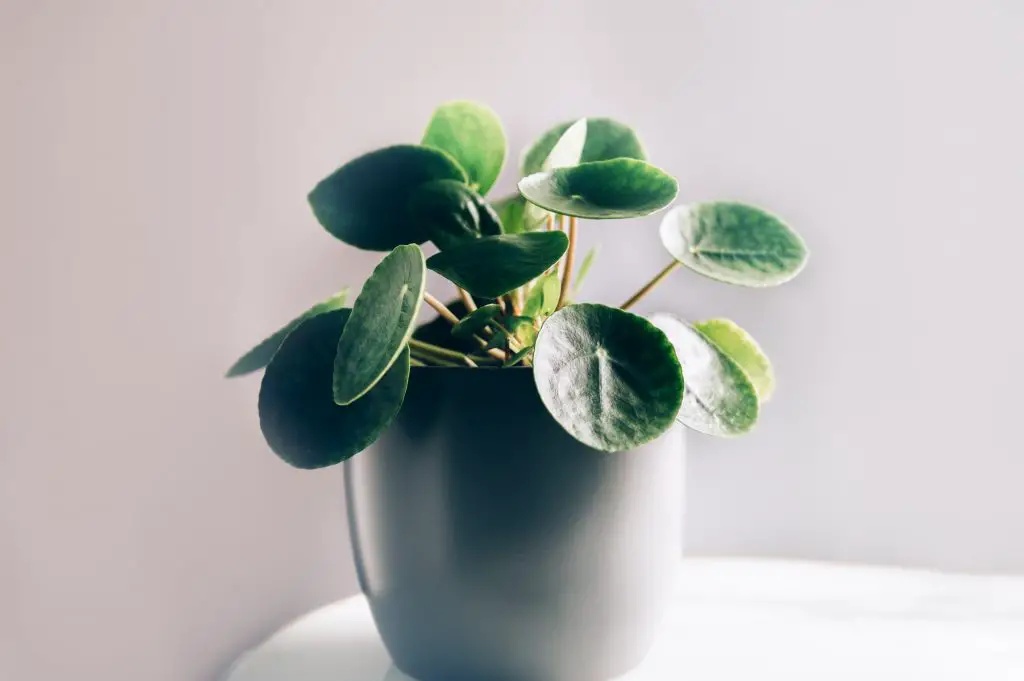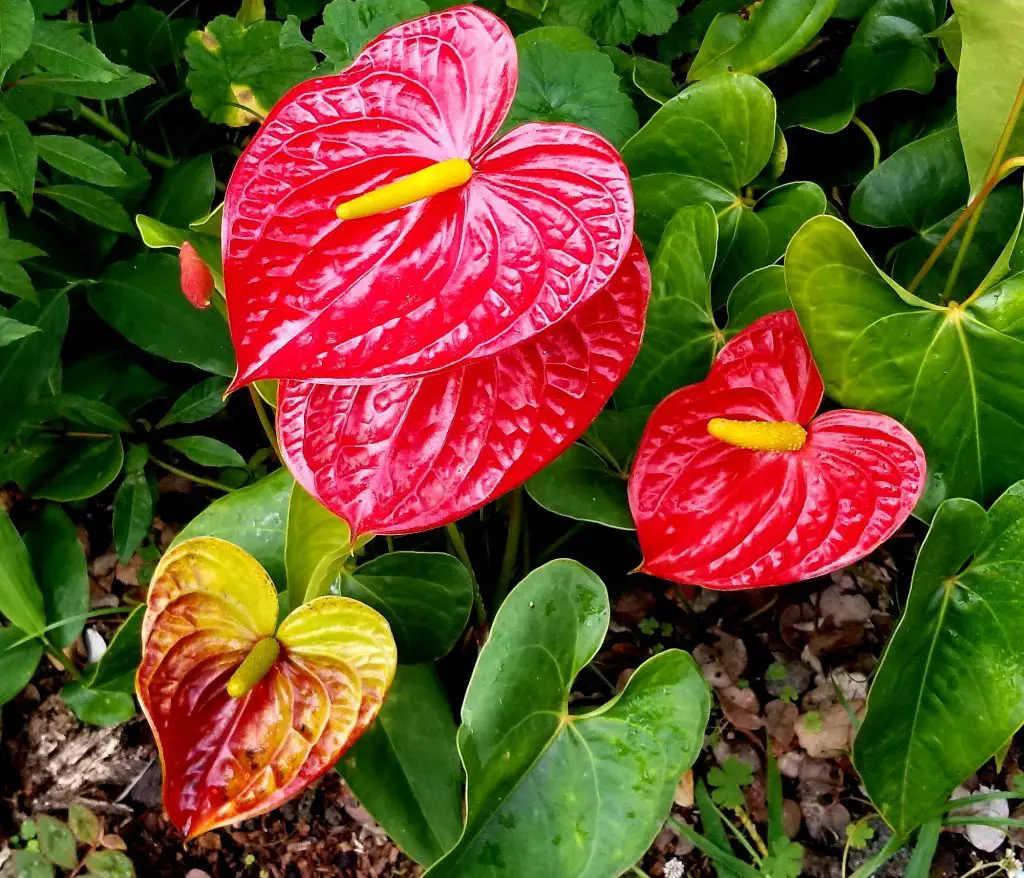No one enjoys hard or stressful, everyone wants the easy things in life, and regardless of how much love you have for plants, you still get closer to the easy ones.
Although many plant lovers do not mind the stress that comes with raising a plant that is a bit stressful, however, the easy ones are usually found more in the home. Finding out which plant is easy to grow is an extreme sport and sometimes, looks might be deceiving.
Wandering Jew, aka Inch plant, Also called Spiderwort is an easy-to-grow flowering plant that is not just loved for the ease that comes with it but also for its beauty. Find out all you need to grow a wandering Jew in here.
Table of Contents
The Wandering Jew Plant Background
| Common name | Wandering Jew |
| Botanical name | Tradescantia Zebrina |
| Plant type | Perennial |
| Temperature | 16 to 24 degrees Celsius |
| Origin | Mexico, Central America. Colombia and the Caribbean islands. |
| Light | Full sun/ Direct light |
| Water | Moderate |
| Soil type | Well drained soil. |
Newsflash, the name wandering Jew is not for a specific plant, it is a name given to a collection of plants in the Tradescantia family. Wandering Jew refers to three different plants and they are Zebrina, Fluminensis, and Pallida.
1. Tradescantia Zebrina
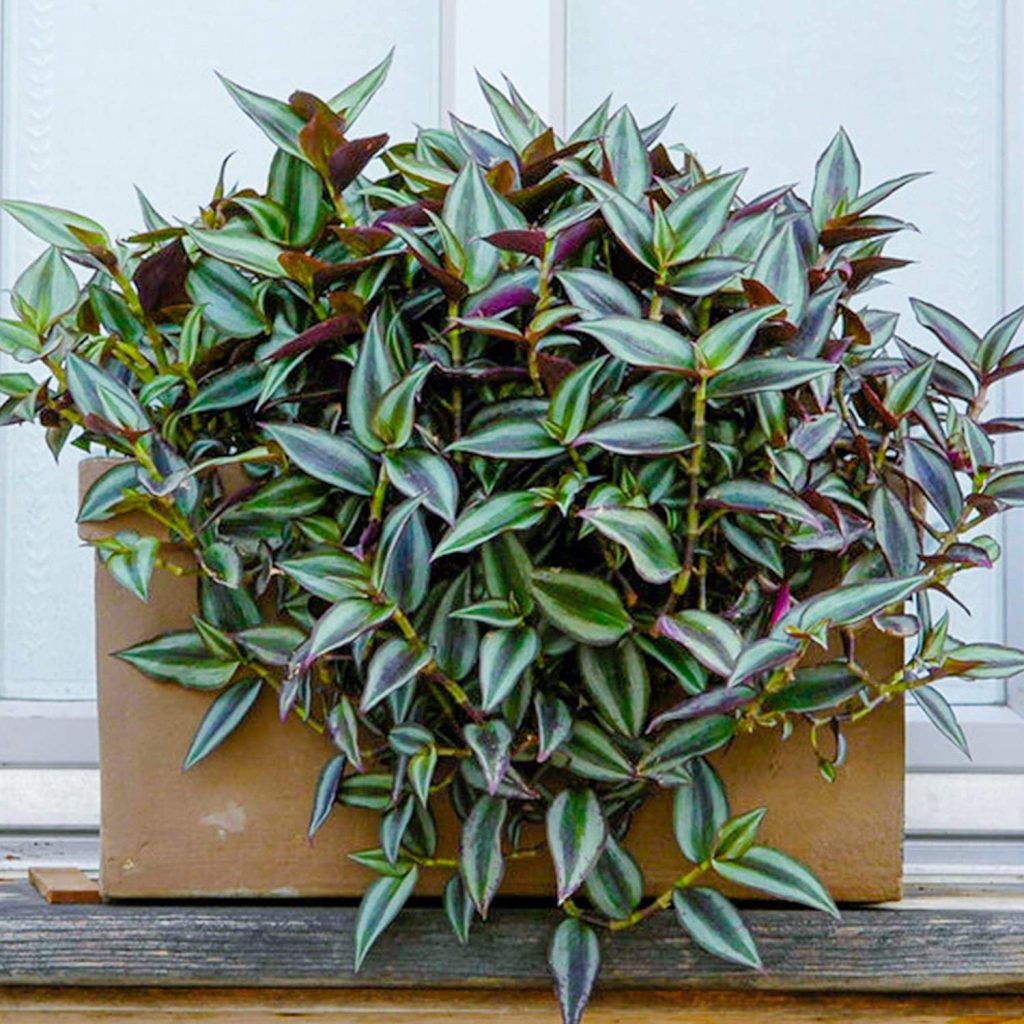
Of all three species, this is the most common; it comes in colorful and eye-catching patterned foliage. The leaves are bluish-green, with longitudinal stripes that are silvery on the surface and purple on the underside; the center of the leaf also has a creamy-white color.
The leaves grow to about 8 to 12 mm long and 5 to 8 mm wide. The zebrina has its origin in Mexico, Central America. Colombia and the Caribbean islands.
2. Tradescantia Flumensis
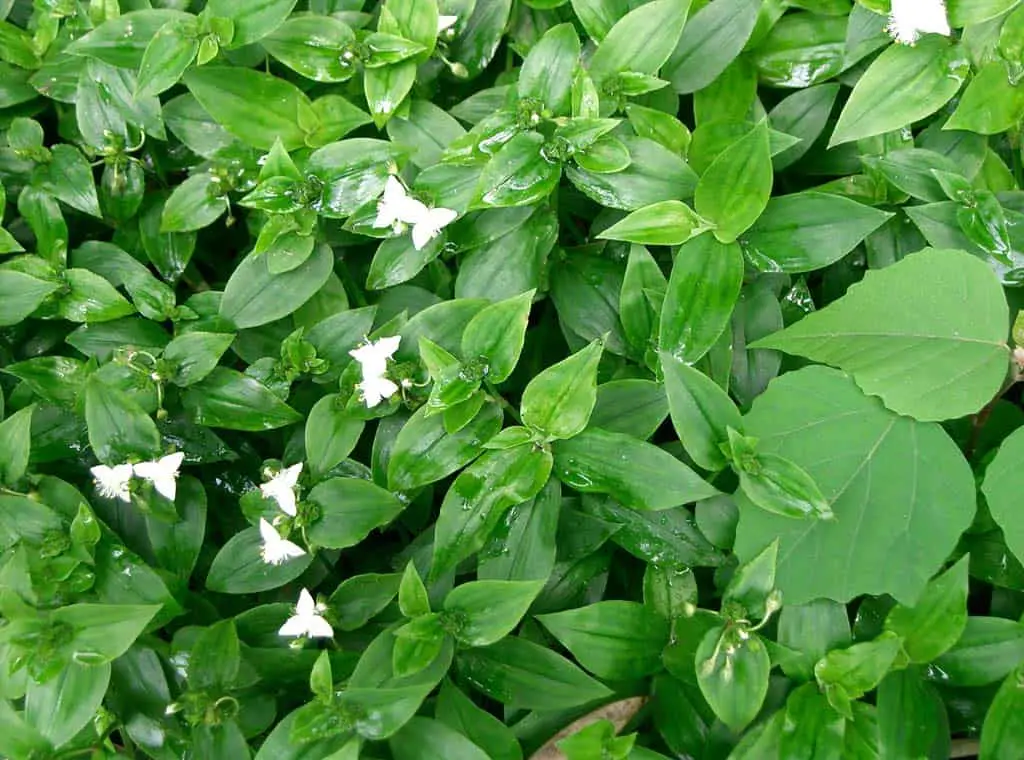
This species is native to the southeastern region of Brazil; it is a perennial plant that flowers all through the year and more if well cared for. The flumensis comes in oval-shaped foliage and glossy look, its leaves are dark green and they grow to about 1.25 to 2.5 inches long. The flumensis type of wandering Jew also has subspecies, including a variegated type that comes in different colors.
3. Tradescantia Pallida
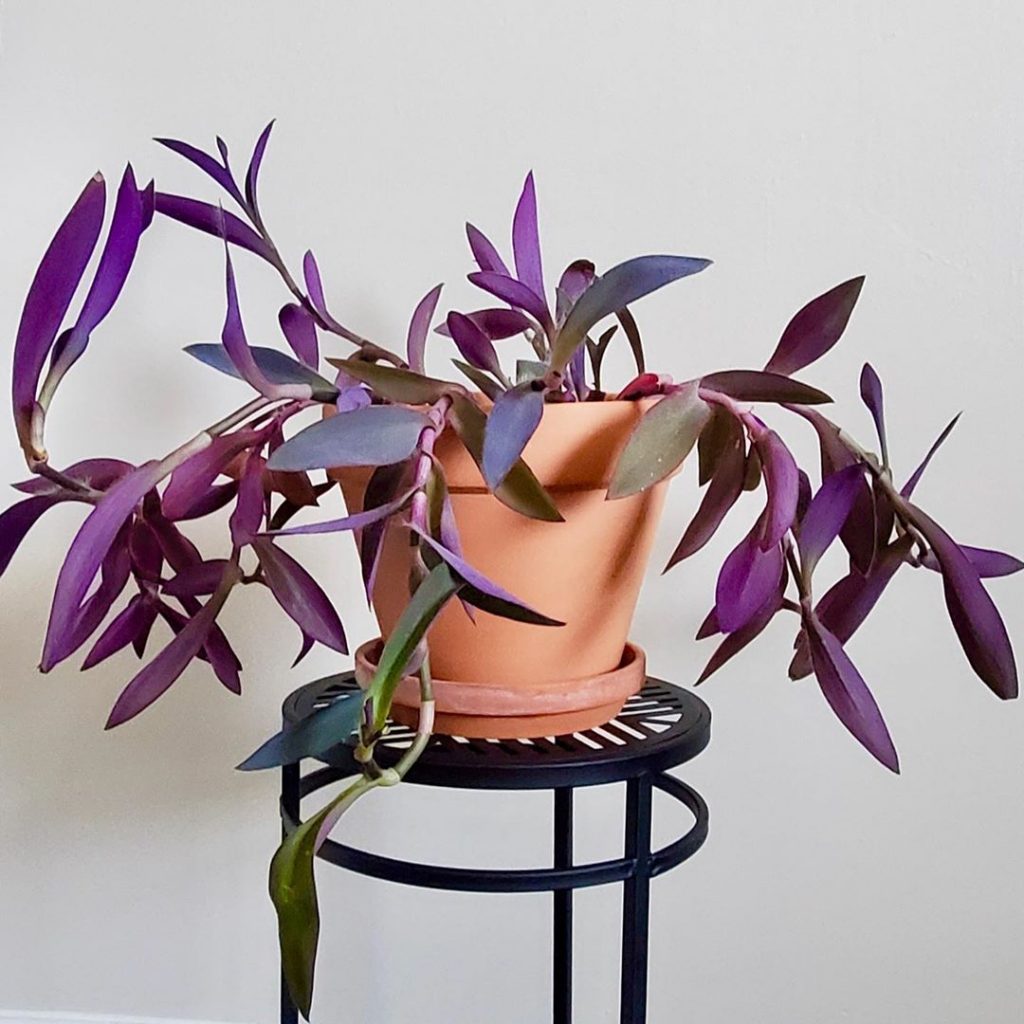
This is the most attractive species of the three of them, it is native of Mexico and unlike the other two, it produces long, pointy leaves of about 7 inches. The pallida leave comes in purple, however, its tips maintain red or green and this happens during color transition.
The fascinating thing about the wandering Jew species is that not just do they beautify the home, they are also known to be natural air cleaners.
They possess natural air cleaning properties, hence when they are in a home; they get rid of bacteria and VOC and exchange them with fresh air.
They are all perennial, which means that they can be grown for a long period. They can all also be grown as houseplants; you can decide to choose either of the three or all! You also do not need to understand their care according to their species; they can all be cared for the same way.
[Quick Tip]
Although the wandering Jew can grow in any soil, you must add some soil enhancer, for better drainage of the soil and addition of nutrients.
We stated earlier that wandering Jews are one of the easiest plants to grow, however, if you are new to planting, you will need a guide on how to grow them or care for them. Read on to get all the information you need.
Wandering Jew Propagation Requirements
Planting inch plant at home? You’ll need these:
1. Light
The best measure of light to give the wandering Jew is the full sunlight. The plant thrives best and enjoys light at its brightest it prefers late afternoon sun to morning sun. In your plans for growing a wandering Jew, prepare a spot where it can get its right measure of light. The color on the plant will fade off when not given the right amount of light.
2. Soil
The best form of soil for your plant is rich, well-draining loamy soil; however, you can also make do with standard potting soil. As the case may be, you can also add a layer of gravel to the bottom of the soil, this will further enhance drainage. Adding perlite or other soil enhancers will be good for its drainage and growth.
3. Humidity
Looking at the native environment of the wandering Jews(all species) it is of no surprise that the plant enjoys high humidity. This indicates that your room level humidity may not be enough for your plant. In cases like this, you can mist your plant regularly or place your wandering Jew in locations in the home with high humidity i.e. the bathroom.
4. Temperature
Wandering Jews can survive in room temperatures of about 16 to 24 degrees Celsius. You should keep your plant away from any temperature below 12 degrees Celsius.
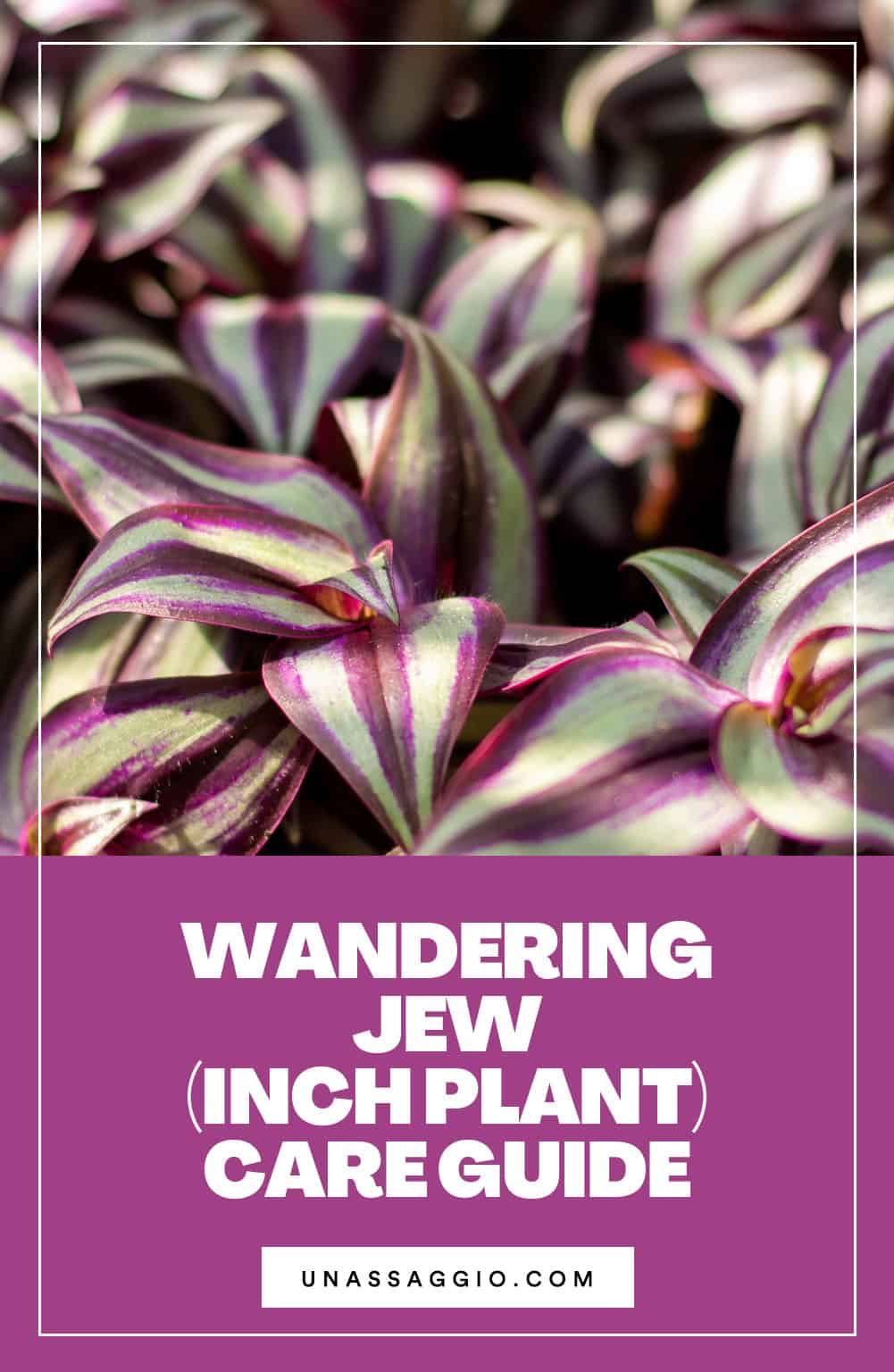
5. Water
Like many other plants, the wandering Jew enjoys watering at a balanced level. It enjoys moist but not soggy soil; it also does not tolerate dryness. Before watering your plant, you must be sure it is needing water at the time; this can only be done by Deeping your finger 1 inch into the soil. For best care, work with a watering schedule that fits the needs of the plant.
6. Fertilizer
You can feed your plant with fertilizer; however, this should best be done during the growing seasons. You should also remember to dilute the fertilizer to half its strength, not adhering to this will lead to burns for your plant.
Wandering Jew Propagation
Wandering Jew is easy in every sense of the world, including propagation, they grow quickly in a lot of conditions and for this reason, a lot of countries list it as an invasive plant.
One sure method to propagate the wandering Jew is via stem cutting, they can be raised in water or soil. Follow the guideline below on how to propagate your wandering Jew.
Step 1 (Soil)
- Get a healthy, mature plant and with the use of a sterilized blade or pruner, make a cutting of a long stem of about 5 to 6 inches.
- Prepare a potting mix, although wandering Jew works well in any soil, for best result, mix some perlite or peat moss into the soil for increased drainage.
- Remove the bottom leaves from the cutting and place the cutting in the soil. If you have a large pot, you can grow two stems in the pot.
- Carefully pat the soil so it can flatten and then pour some water until it drains from the bottom. Water your plant frequently; however, be careful so it doesn’t become soggy.
Step 2 (Water)
- Make a cutting of about 3 to 5 inches from a healthy, mature plant.
- Remove the bottom leaves, at least 2 leaves.
- Place the cutting inside the water and be sure it is only the bottom, without leaves that are sitting in the water.
- Change the water in about 2 to 3 days. In a week or more, your plant should begin to develop its roots.
- After two weeks or when your plant has fully developed its roots, move your plant to the soil and let it grow normally.
Wandering Jew Plant: How To Care For Your Wandering Jew Plant
The wandering Jew is one to stay healthy with just its basic care; however, there are other few things to note and some things to reiterate for the best care
- Wandering Jew requires regular pruning, this is because the plant is one to grow quickly and when you do not prune it, it is likely to grow past your pot. Pruning also keeps it monitored and at its best. To also prevent it from getting leggy, you need to prune.
- Although the wandering Jew plants are not exactly susceptible to pests, the plant can suffer from spider’s mite if care isn’t taken. They can form yellow spots on your plant when they are not quickly discovered.
- Over-watering can cause diseases like root rot for your plant. The best remedy is to make sure you purchase well-draining soil and a pot with drainage holes.
- Repotting might be what you find yourself doing a lot of time, with wandering Jew. Because of the plant’s nature to grow fast, you will be required to change your pots i.e. once or twice in a season. Make sure to re-pot in a larger pot than the previous one you used.
Conclusion
For health and beauty, a wandering Jew is a plant you need in your home. When planted outside, some researchers have found that the wandering Jew can restore lost nutrients to the soil.
It is quite easy to think the wandering Jew plant can be ignored, however, do not do this as it can lead to the death of your plant.
Read more houseplant care guides:
- Calathea Orbifolia: The Complete Growth And Care Guide (2021)
- Bunny Ear Cactus Plant: The Complete Growth And Care Guide
- String Of Pearls Plant: The Complete Growth And Care Guide (2021)
- Variegated Rubber Tree Plant: The Growth And Care Guide (2021)
- Bromeliads Plant: The Complete Growth And Care Guide (2021)
.

